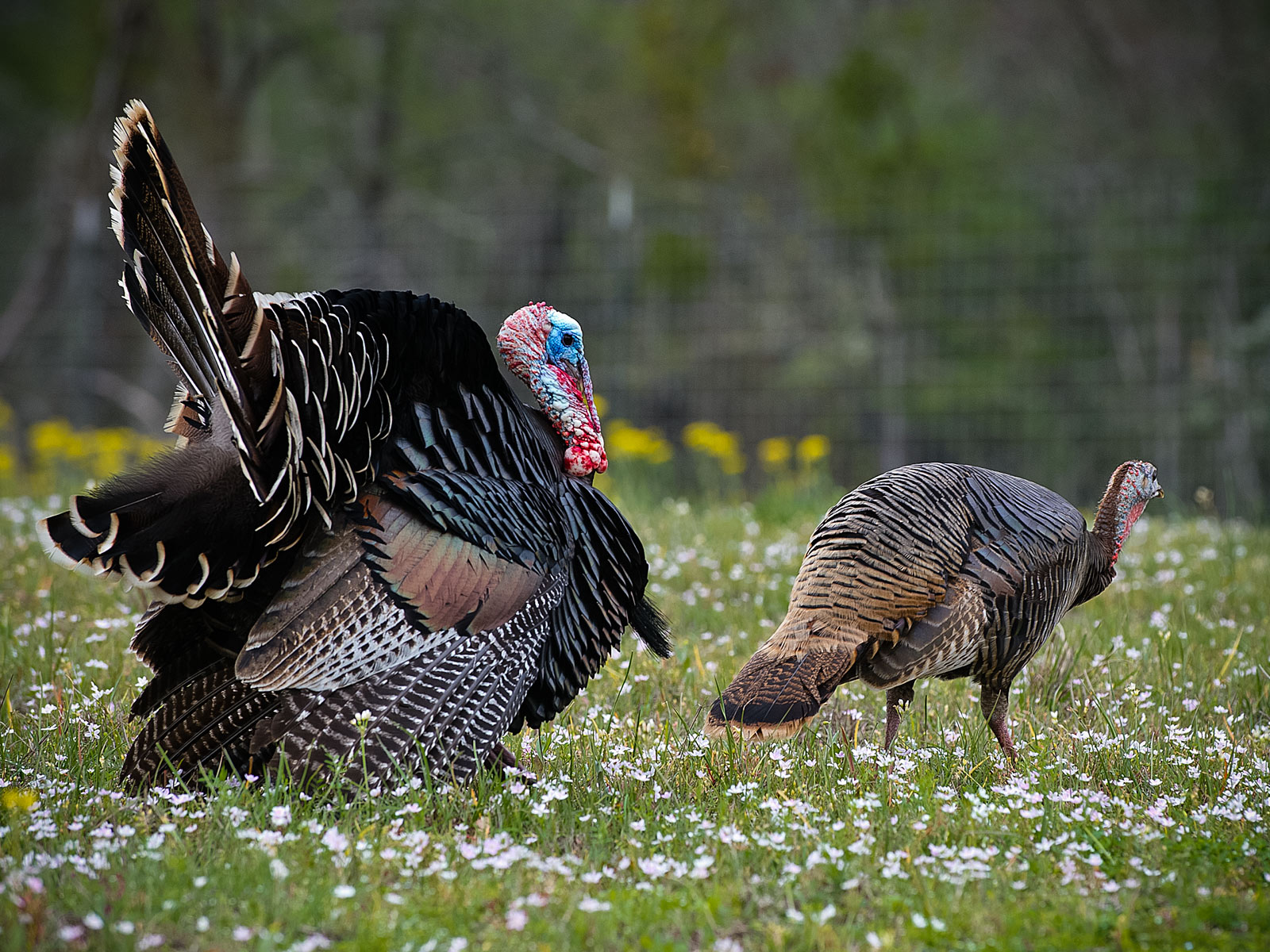Wild Turkeys in the Cross-timbers Eco-region
This is Passport to Texas
Using state of the art satellite technology, Texas Parks and Wildlife wildlife biologists–in conjunction with researchers from the Institute of Renewable Natural Resources at TX A&M–collect data from radio collared Rio Grande wild turkeys to develop accurate maps and recommendations for landowners who wish to manage for the species.
18- And so, we can see areas that [turkeys] avoid; we can see areas that they like to spend a lot of time. And, then we can actually take those maps and go out in the field and take pictures and take vegetation measurements on the exact spots where these birds were.
Biologist, Kevin Mote, says the technology can determine a bird’s position to within a few feet, which is important to know during nesting season.
13- By following that mother hen around while she has those chicks, and collecting information on the habitat that she used during that time frame, helps us better understand what they need to survive.
What they need to survive is healthy habitat, and landowners remain vital to ensuring its vigor. While the data Mote and his team collect helps, he says there is always more to learn.
12-No matter how much we learn, they’re still one of God’s creatures and we’re just not going to know everything there is to know. We know so much, but they’re still a wild animal, and they’re still just a wonder.
The Wildlife Restoration program supports our series.
For Texas Parks and Wildlife…I’m Cecilia Nasti.



 Passport to Texas is a
Passport to Texas is a  Passport to Texas is made available by:
Passport to Texas is made available by: